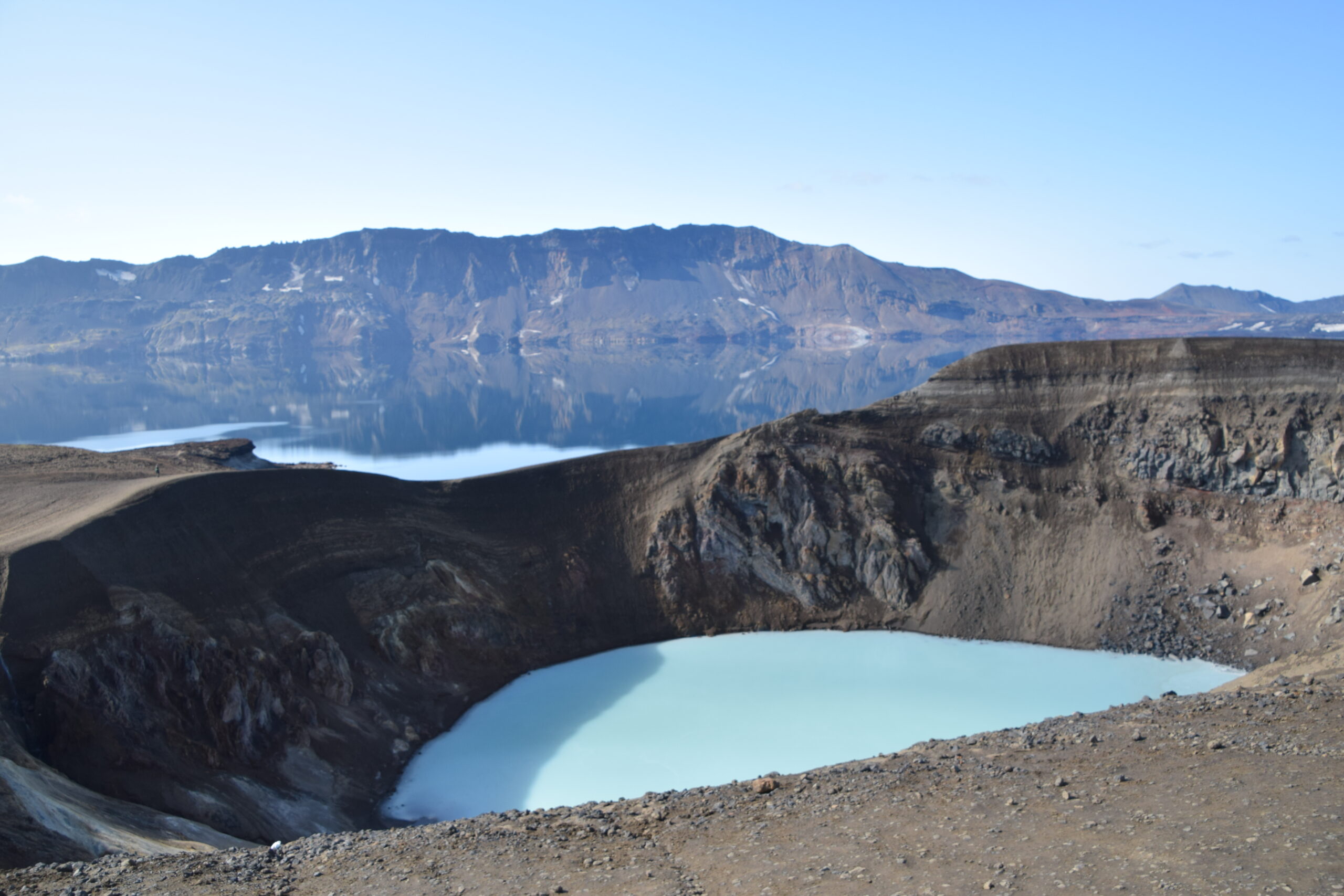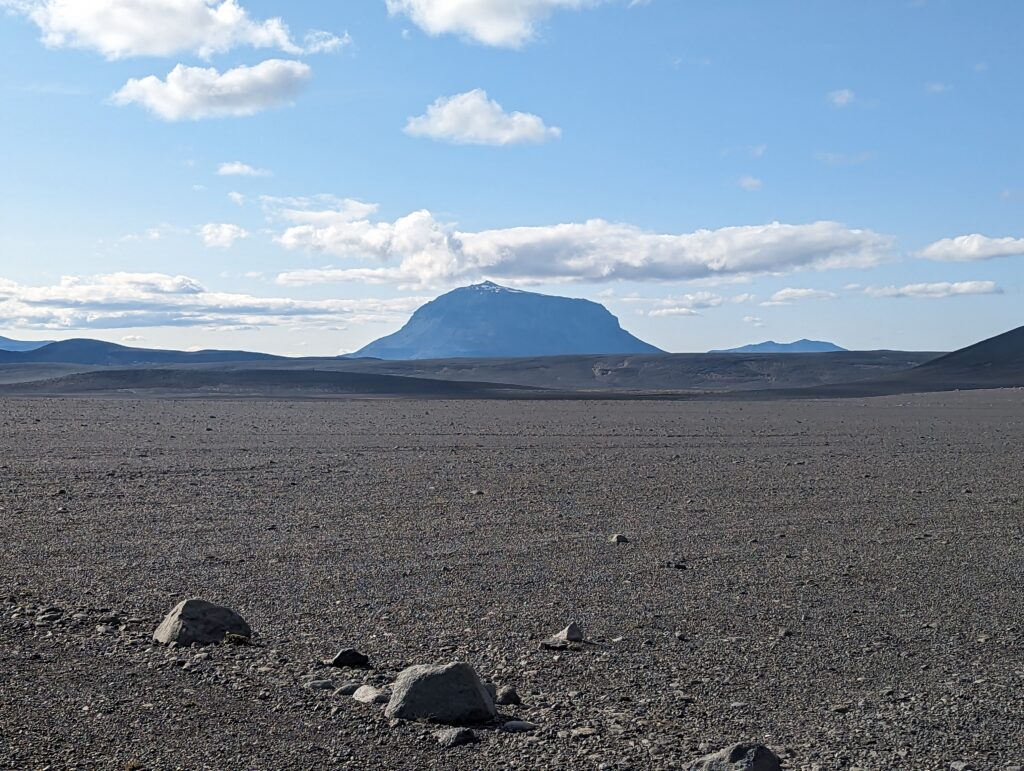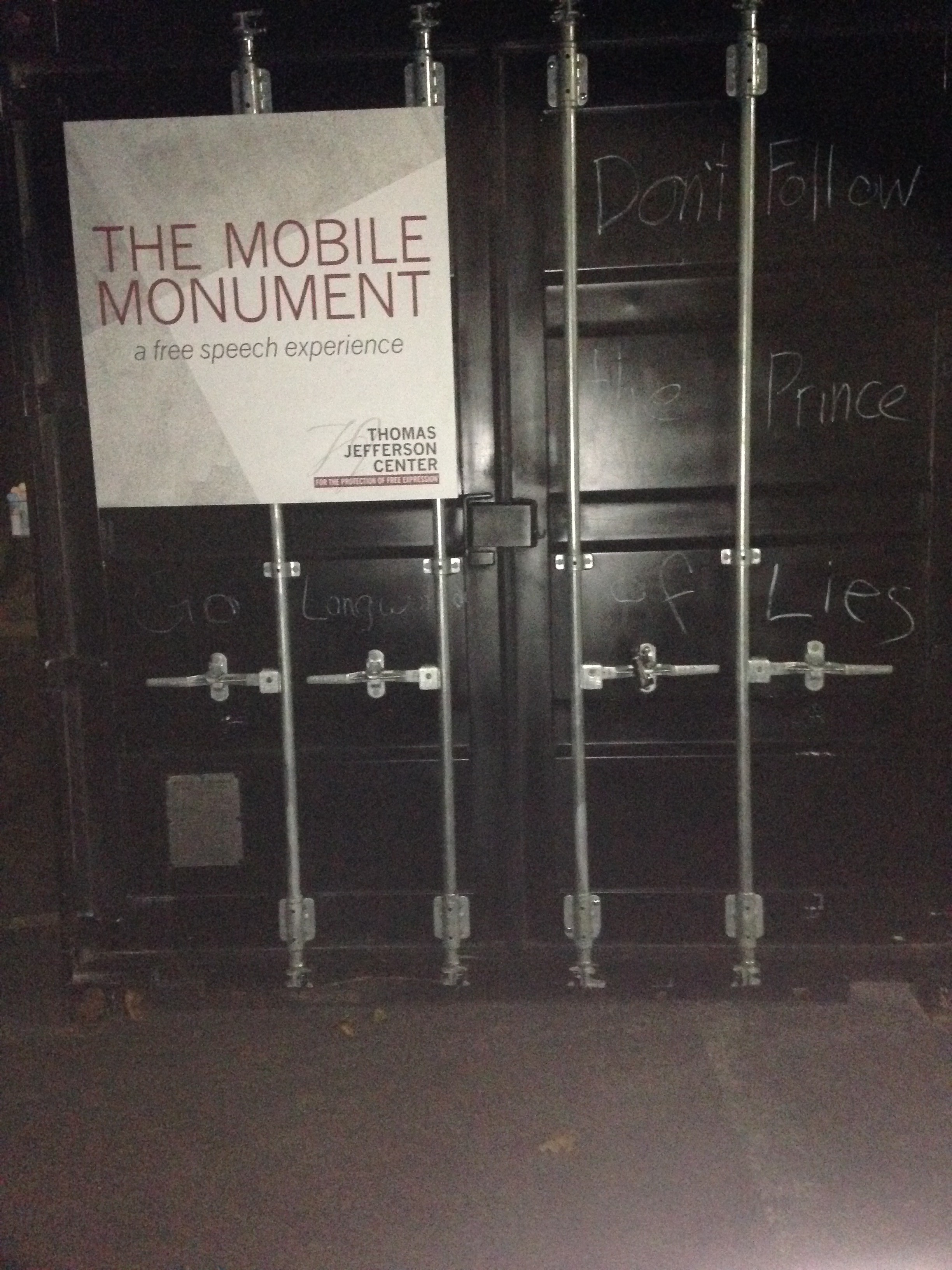
A Geologic Adventure on the Askja Volcano
On Sept. 20, the geology club had the pleasure of talking to Dr. Jessica Ball, a physical volcanologist who recently took a three-week trip to Iceland to study the Askja volcano. Dr. Ball was able to share several stories and photos from her journey via Zoom.
Askja, which means box in Icelandic, refers to the series of nested calderas (large volcanic depressions) located along the surrounding Dyunjuföll mountains. The volcano first became known through its devastating phreatoplinian eruption in 1875, but it has most likely been active for at least 7,000 years. Even though it last erupted in 1961, Askja is still classified as an active volcano and continues to be closely monitored by scientists.
Ball is the associate scientist-in-charge for Hazard Assessment and Communication at the United States Geological Survey (USGS) California Volcano Observatory. This summer, she and her team traveled to Askja to study volcanic rocks and deposits that are created from an interaction with water and magma known as phreatomagmatic volcanism. Ball spent most of her time examining a scoria cone that switched between phreatomagmatic and magmatic.
The Askja volcano and the calderas are what can only be described as a geologist’s playground. According to Ball, “You can spend your entire trip in a caldera and never see the same thing twice.” Other notable geological features in the area include shield volcanoes, lava flows, and hyaloclastites (pyroclastic rocks containing large amounts of glassy shards).
While the expedition was certainly enlightening, there were many challenges that Ball and her team faced along the way. Due to the remote location, bumpy terrain, and many river crossings, it was extremely difficult to travel to the volcano. Once they were in the Vatnajökull National Park, they had to hike everywhere as driving was prohibited. Not only that, but the team had to sleep under layers of blankets and make countless cups of hot chocolate to stay warm in the harsh Icelandic climate.
As Ball showed images of the beautiful landscapes and geologic formations from her trip, it was clear that many of the geology club members wanted to conduct fieldwork themselves, but weren’t sure if they were capable. To that, Ball responded, “Field work can be accessible to everyone, even when it’s in these rough, rugged places.”






